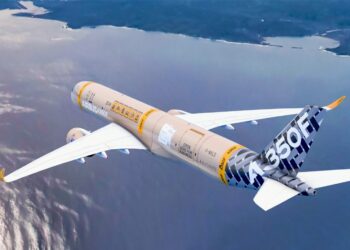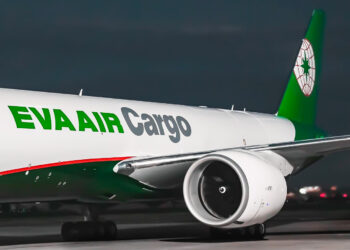No products in the cart.
Airbus enters large widebody freighter arena with 109t A350F
When will a launch customer for the new-build freighter surface?
Airbus intends to make a bigger splash in the factory freighter space than its last attempt, and is covering all the bases with its new A350F. The Toulouse-based planemaker confirmed to Cargo Facts that the A350F will have a maximum structural capacity of 109 tonnes at 4,700 nautical miles, or 92 tonnes of volumetric capacity […]






